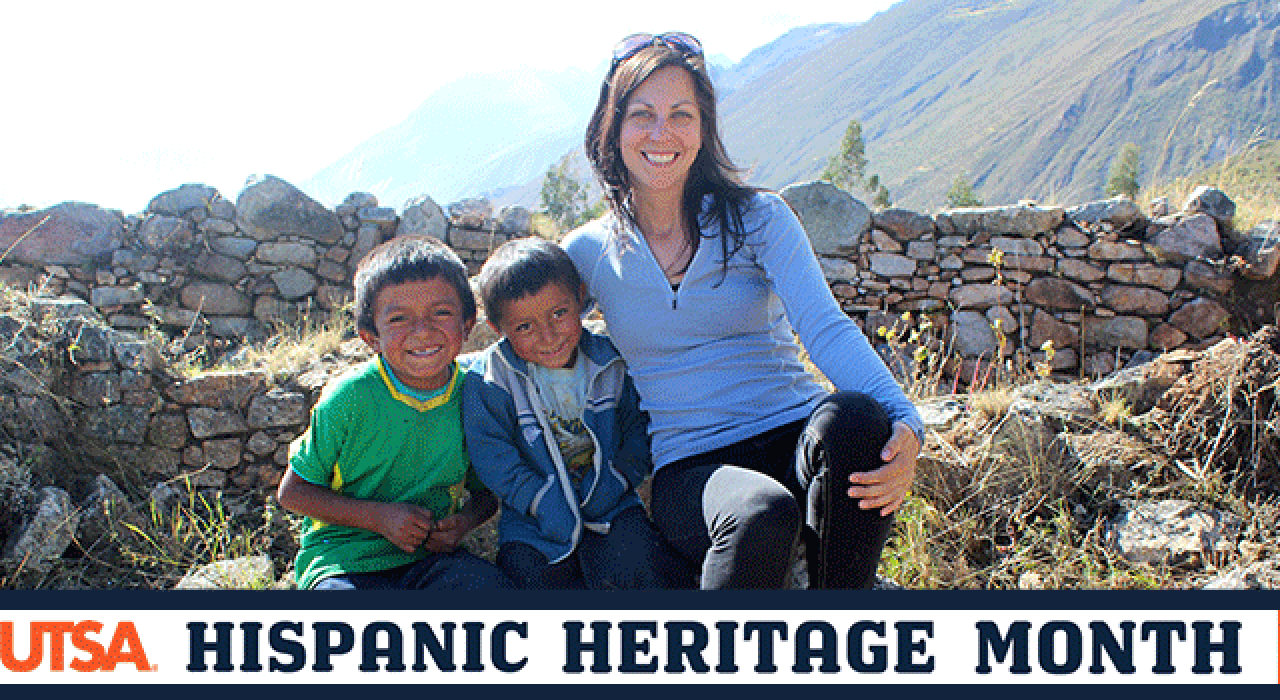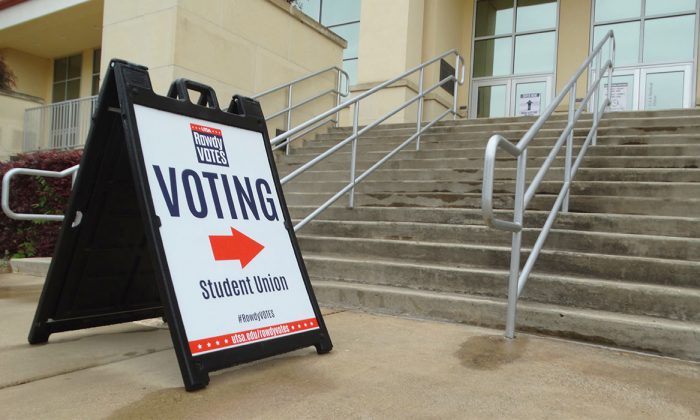Stories are the thread that connects us to the past, to our place and to each other. Each family, community and culture has its own way of weaving stories to make meaning of our lives and to pass those on through the generations. Some gather around campfires and barbecue pits. Others share their histories while breaking bread at the dinner table.
The stories from Hualcayán, an ancient and contemporary village in the high Andes of Peru, have a history dating back more than 4,500 years. Yet, with the rise and fall of numerous civilizations followed by centuries of Spanish colonialism, many of those stories have been lost. Only now are they being reimagined through a partnership between the farmers who today reside in that remote mountainside village and the archaeologists working alongside them.
Facilitated by Rebecca Bria, archaeologist and assistant professor of anthropology in the UTSA College of Liberal and Fine Arts, the people of Hualcayán will be storytellers for a virtual reality journey through the rich history of their unique farming village.
Bria’s archaeological research in Hualcayán is uncovering life in an agrarian community dating back thousands of years. It includes remnants of temples, tombs and homes surrounded by more than 1,000 acres of stone terraces and irrigation canals. After the Spanish conquest in the 1500s, the people from this village and across what is now Peru were brought into colonial cities where they were forced to do away with their ancestral practices as they became Christians.
Read the rest of this article at Sombrilla Magazine Online.



